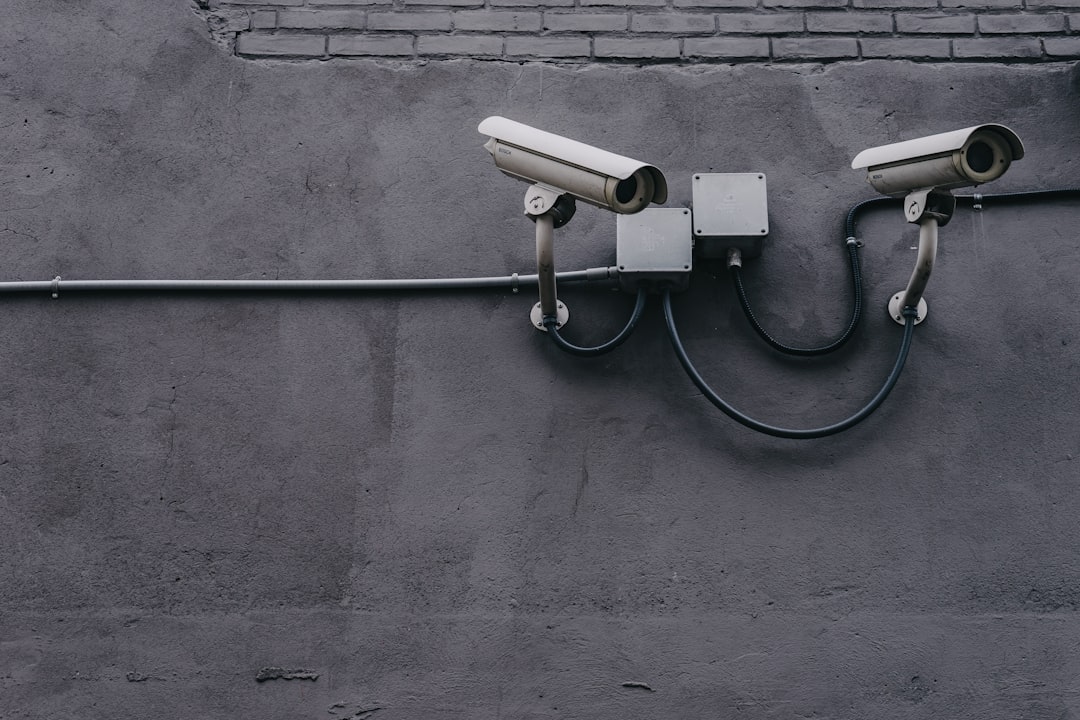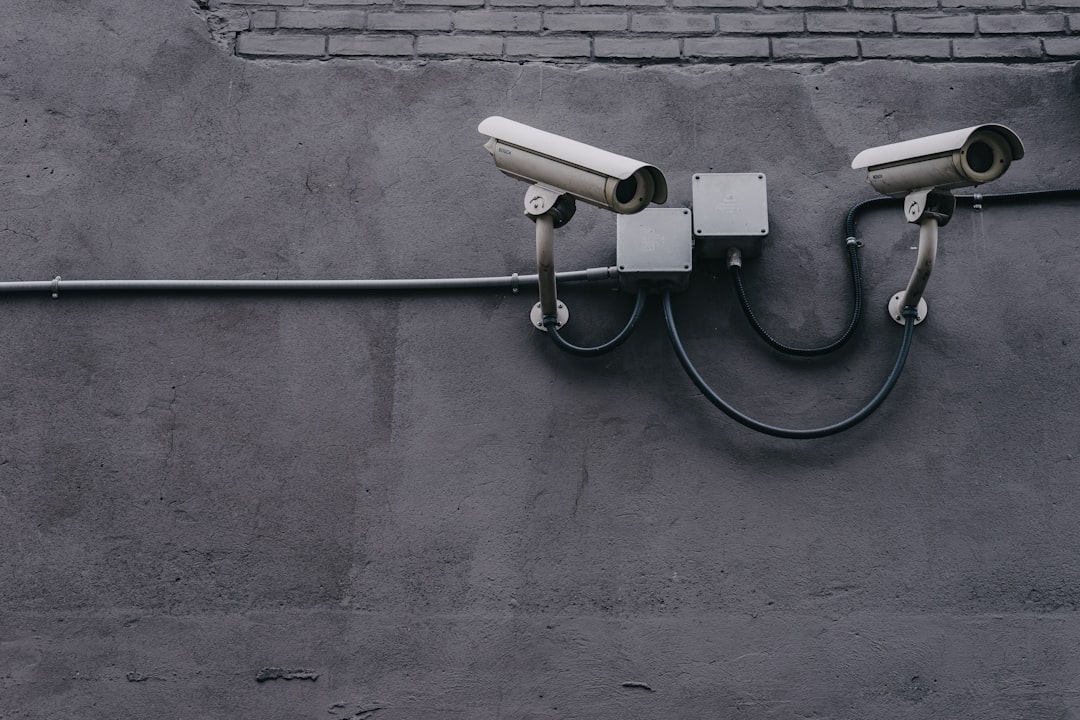“`html
QR codes have become an integral part of daily life, allowing users to access websites, make payments, and even share personal information with a simple scan. However, as the usage of QR codes increases, concerns about their security and potential risks have also grown. One of the most pressing questions is whether information can be stolen from a QR code. This article explores how QR codes work, the risks associated with them, and the precautions users can take to stay safe.
Understanding How QR Codes Work
A QR code (Quick Response code) is a two-dimensional barcode that encodes data such as URLs, contact details, payment information, and more. When scanned using a smartphone camera or a QR code reader, the encoded information is quickly retrieved and processed by the device.
Unlike traditional barcodes, QR codes can store a significant amount of data and are widely used for various applications, including marketing, e-commerce, and secure logins.
Can Information Be Stolen from a QR Code?
Technically, a QR code itself does not steal information. It merely contains data that can be accessed when scanned. However, cybercriminals can manipulate QR codes in a way that compromises user security. Here are some common ways information can be stolen through QR codes:
- Phishing Attacks: Malicious QR codes can redirect users to fraudulent websites designed to steal login credentials or financial information.
- Malware Distribution: Some QR codes may direct users to download harmful files or applications that can infect their devices and steal sensitive data.
- Payment Fraud: Fraudsters can replace genuine QR codes with fake ones in public places, tricking people into sending money to an unauthorized account.
- Location Tracking: Some QR codes can silently track users, collecting their location data and behavioral patterns.

How to Stay Safe When Scanning QR Codes
Although QR codes themselves are not inherently dangerous, taking a few precautions can help users avoid potential security risks:
- Verify the Source: Only scan QR codes from trusted sources such as official websites, businesses, or reputable organizations.
- Check the URL Before Visiting: Some QR code readers display the full URL before opening it. Always review the link and ensure it is legitimate before clicking.
- Avoid Downloading Files Through QR Codes: Never download apps or files unless they come from a verified platform like the App Store or Google Play.
- Use Security Software: Keep antivirus and security software updated on your device to detect and block any malicious content in a QR code.
- Be Wary of Public QR Codes: If you see a QR code pasted over another one in a public place, it may be fraudulent. Avoid scanning such codes.
Real-World Examples of QR Code Scams
There have been numerous cases worldwide where cybercriminals have exploited QR codes to steal data and commit fraud:
- In some cities, scammers have replaced official parking meter QR codes with fraudulent ones, directing users to fake payment websites where they enter their credit card details.
- Fraudsters have inserted malicious QR codes in emails and messages pretending to be from banks, asking customers to verify their accounts.
- Counterfeit QR codes have been placed at ATMs, tricking users into visiting phishing websites that steal login credentials.

Conclusion
While QR codes offer convenience, they can also pose security risks if users are not cautious. Information itself cannot be stolen from a QR code directly, but malicious codes can lead users to phishing sites, distribute malware, or facilitate financial fraud. By understanding how QR scams work and adopting security best practices, users can safely utilize this technology without falling victim to cybercriminals.
Frequently Asked Questions (FAQ)
Can a QR code contain a virus?
No, a QR code cannot store a virus directly. However, it can redirect users to malicious websites where they might download malware unknowingly.
How can I tell if a QR code is safe?
Check the URL before opening it, verify the source, avoid scanning random QR codes in public, and use security software to detect threats.
What should I do if I scan a malicious QR code?
Immediately close the website or app if you suspect it is harmful. If you entered any login credentials or financial information, change your passwords and monitor your accounts for unusual activity.
Are QR code payments safe?
Yes, QR code payments can be safe when used through trusted platforms. Always verify that the QR code links to a legitimate payment system before proceeding.
Can QR codes track me?
Some QR codes contain tracking mechanisms that store information about when and where they were scanned. Businesses use this data for marketing purposes, but malicious actors could exploit it for harmful intent.
“`



